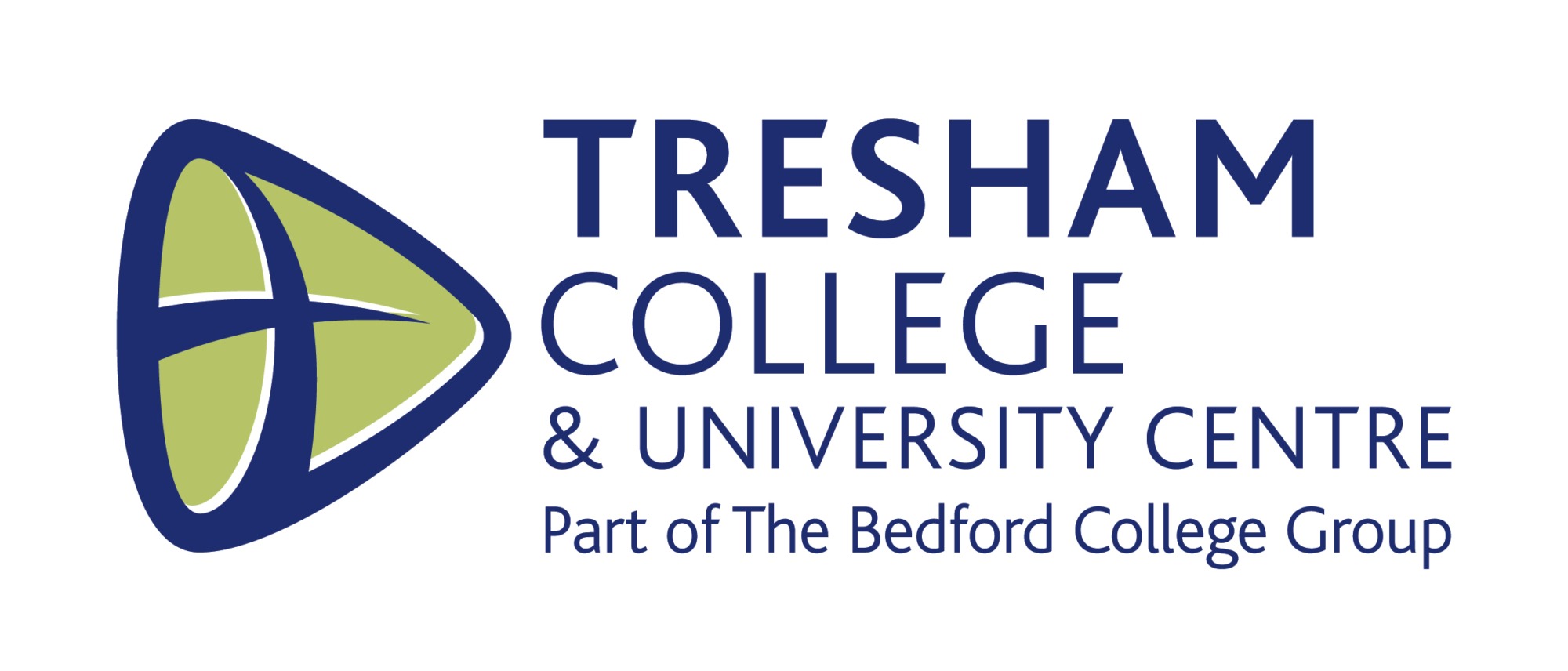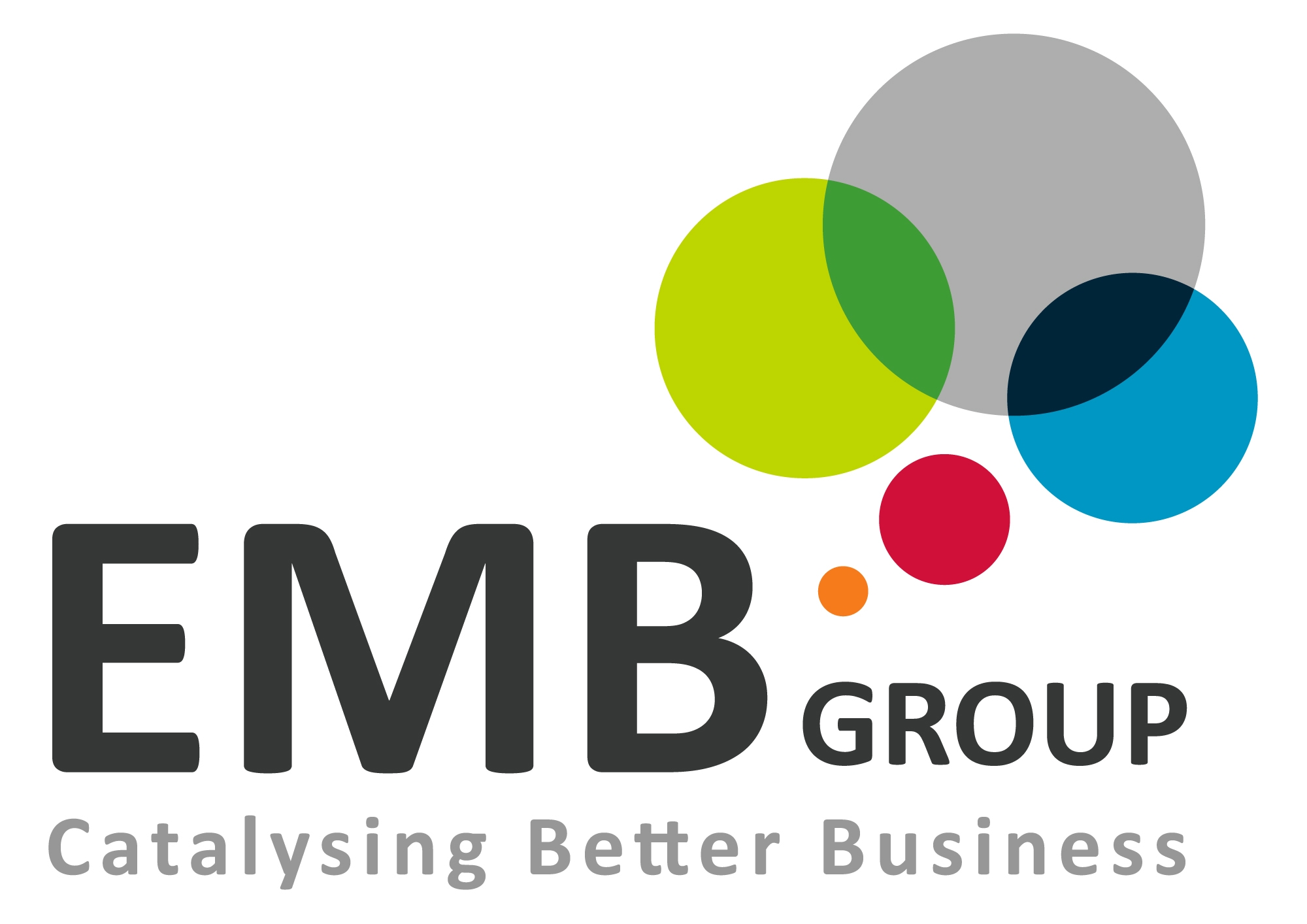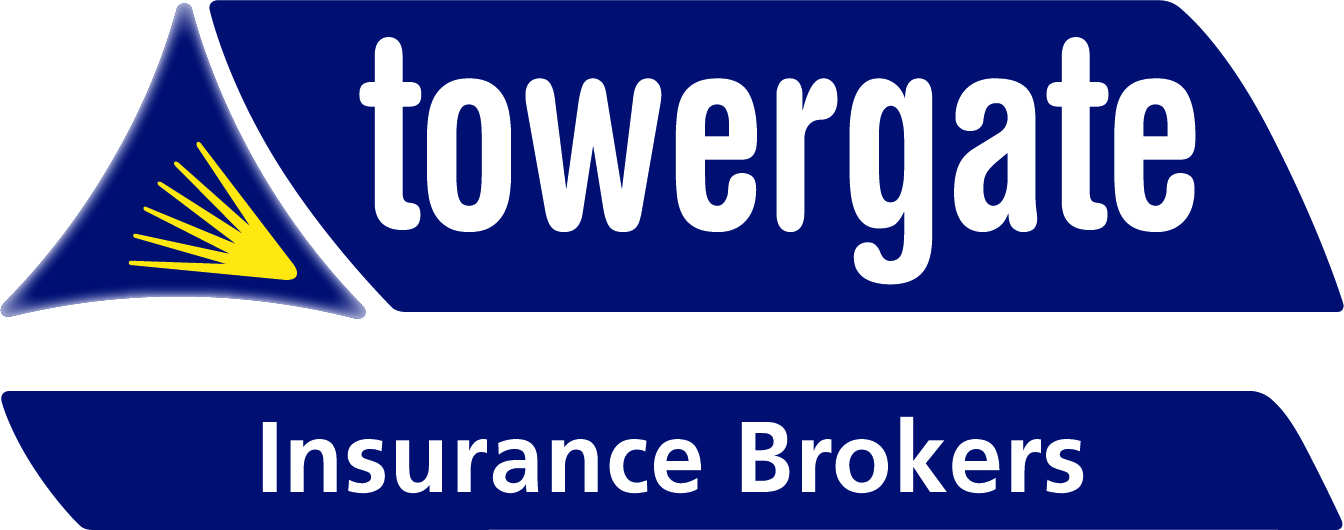

SEVEN LITTLE KNOWN TAX BENEFITS OF ISAS
Blogs
Most investors know about the tax benefits of ISAs. ISAs or Individual Savings Accounts are free of Income Tax and Capital Gains Tax. A maximum of £20,000 per adult may be invested into an ISA each tax year. The two main types of ISAs are Cash ISAs (tax-free bank accounts) and Stocks and Shares or Equity ISAs.
However, there are a number of little known tax benefits of ISAs which I am going to cover in this blog.
Reinvestment of withdrawals
If you withdraw funds from your ISA during a tax year you may re-invest into an ISA up to the amount you withdrew together with a maximum subscription of £20,000. This will have the effect of you putting yourself back into the position you were in before making the withdrawal. This is only possible if your ISA is a Flexible ISA.
Additional Permitted Subscription (APS)
The surviving spouse or civil partner of an ISA investor who died on or after 3 December 2014 can receive additional permitted subscriptions on top of the annual ISA subscription limit. These subscriptions are limited to the value of the deceased’s ISA at their date of death and can be made to cash, stocks and shares or innovative finance ISAs. The surviving spouse or civil partner must have been living together at the date of death and must not have been separated.
Invest in a maximum of four ISAs in a tax year, not one
You can only open one ISA per type of ISA every tax year. As there are 4 types of ISA, you can open 4 ISAs per tax year, provided they are 4 different individual savings accounts (cash ISAs, stocks and shares ISAs, innovative finance ISAs and lifetime ISAs).
Also, you can deposit a maximum amount of £20,000 in all the ISAs. The total value of savings deposited in the ISAs must not exceed this amount for the 2022/2023 tax year. The deadline is the 5th of April 2023, after which the new tax year begins, and it will go back to zero again.

Invest more in your ISA by adding back the charges
Some ISA providers will allow you to add the initial charges to your ISA which effectively allows you to invest more. So for example let’s say the initial charge is 2% and the amount invested is £20,000. The charge of £400 can be added to your subscription amount meaning you invest £20,400 instead of £20,000. This results in you investing £400 more into your ISA.
16 and 17-year-olds can invest in both an adult ISA (£20,000) and a Junior ISA (£9,000) in the same tax year
16 and 17-year-olds can open both a Junior ISA and an adult Cash ISA, with the total amount saved subject to a £9,000 limit for the 2022-23 tax year for junior ISAs. Any money placed into a Junior ISA will not be able to be accessed until the child turns 18, at which point the cash becomes theirs. During these years, they can benefit from having up to £9,000 deposited into their Junior ISA account, and an additional £20,000 into their adult ISA. Any child under 18 can have a Junior ISA, but how to actually open one depends on when they were born.

A parent may invest in a Junior ISA (£9,000) every tax year for children aged under 18
Junior Individual Savings Accounts (ISAs) are long-term, tax-free savings accounts for children, with a savings limit of £9,000 in the 2022 to 2023 tax year. Parents or guardians with parental responsibility can open a Junior ISA and manage the account, but the money belongs to the child. The child can take control of the account when they’re 16, but cannot withdraw the money until they turn 18.
AIM ISAs are potentially free of Inheritance Tax as well after two years
An AIM ISA is a portfolio of AIM shares, which can be exempt from inheritance tax. AIM stands for Alternative Investment Market, a sub-market of the London Stock Exchange. The AIM allows typically smaller and fast-growing companies to issue shares and raise capital to fund that growth.
Not everybody is aware of these particular tax benefits of ISAs but if you use the rules to your maximum advantage it is surprising just how much you and your family can save in a very tax-efficient investment over time. You know it makes sense.*
*RISK WARNING
The value of investments can fall as well as rise. You may not get back what you invested. The information contained within this blog is for guidance only and does not constitute advice which should be sought before taking any action or inaction. All information is based on our current understanding of taxation, legislation, regulations and case law in the current tax year. Any levels and bases of relief from taxation are subject to change. Tax treatment is based on individual circumstances and may be subject to change in the future. This blog is based on my own observations and opinions.
Chartered and Certified Financial Planner
Managing Director of Wealth and Tax Management
If you are looking for expert guidance in Financial Planning contact Wealth and Tax Management on 01908 523740 or email wealth@wealthandtax.co.uk


















